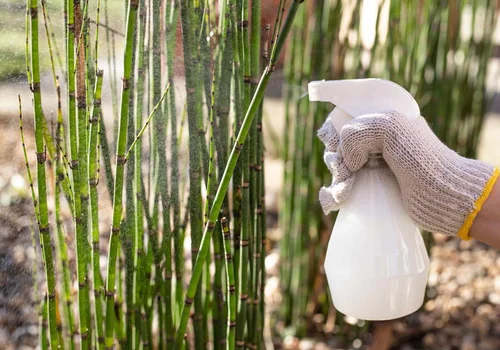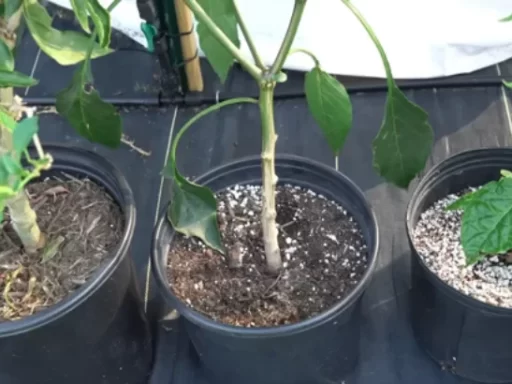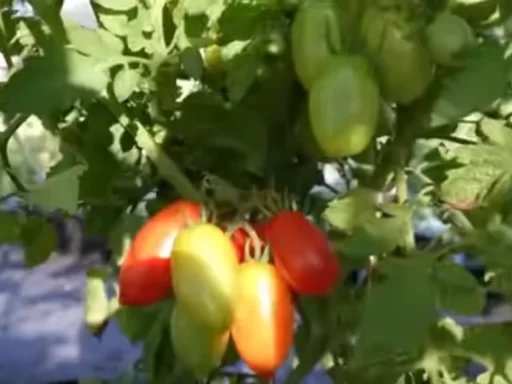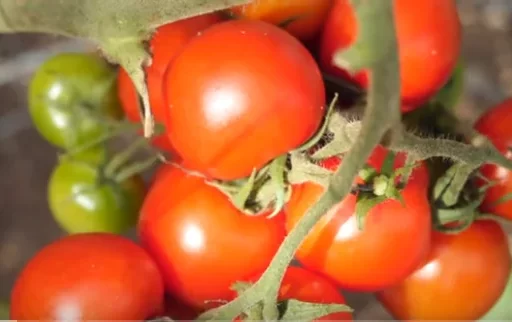As we reach mid-July, gardens in many parts of the country, particularly along the southeastern coast of North Carolina, face significant challenges. Intense heat, high humidity, and relentless sunlight can wreak havoc on a garden. This leads to a common scenario where once-thriving plants start to wilt, their fruits suffer from sun damage, and pests begin to take over. However, with a recent discovery, you can extend the life of your summer crops like tomatoes, cucumbers, and squash well into the season. In this article, we’ll explore a technique that can protect your plants from the harsh summer elements and help you grow stronger, healthier crops.
The Common Summer Garden Struggles
Gardening during the peak of summer presents many difficulties, especially in regions prone to high humidity and scorching temperatures. One of the main issues that gardeners face is the destruction of plants due to airborne and soil-borne diseases. These diseases can take hold rapidly, often leaving little chance of recovery. For example, in many cases, tomato plants begin to suffer from wilt, with no effective cure once it sets in. Similarly, cucumbers and other summer vegetables may be heavily damaged by sun exposure or excessive rain.
It’s not uncommon for plants to be afflicted by sunscald, a condition where fruits burn under intense sunlight. Additionally, rainwater often contributes to fruit splitting and bursting, making them prone to pest infestations. As a result, many summer gardens begin to fail around mid-July, leaving gardeners frustrated and without solutions.
The Solution: Shade Cloth and Straw Bale Gardening
After years of struggling to keep plants alive in the summer, a breakthrough solution was discovered: growing summer crops under a shade cloth using straw bale gardening. While setting up an elaborate structure to hold the shade cloth may seem daunting at first, the results are worth it. The technique involves building a hoop structure and covering it with a 40% shade cloth, which drastically reduces the amount of sunlight that reaches the plants.
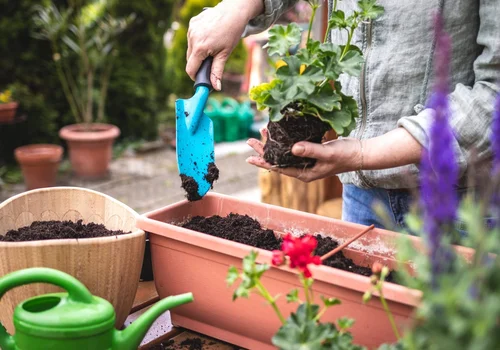
This method doesn’t just prevent sun damage but also protects plants from the heavy rains that contribute to diseases and fruit bursting. The difference between the plants grown under the shade cloth and those left exposed in the garden is incredible. The protected plants remain healthy, free of disease, and continue to bear fruit, while the unprotected ones struggle to survive.
Benefits of Using Shade Cloth for Summer Vegetables
There are three primary reasons why using a shade cloth benefits your garden during the hottest months:
- Sun Protection: By reducing the UV exposure and heat stress, the shade cloth helps keep the plants cooler and less stressed. Stressed plants are more vulnerable to diseases and pests, but when they’re shielded from the intense sun, they remain healthier and more resilient. The fruits also stay intact, with minimal splitting and sunscald damage.
- Rainfall Suppression: While the shade cloth allows some rainwater to filter through, it acts as a barrier against torrential downpours. This minimizes the risk of waterlogging and fruit bursting, keeping the plants dry enough to prevent disease.
- Pest and Disease Prevention: The shade cloth also serves as a barrier to many insects. While some pests may still find their way in, the overall infestation is much lower. With fewer pests and diseases affecting the plants, the fruits remain healthier for longer periods.
A Simple Alternative: Growing Under House Soffits
For gardeners who don’t have the space or ability to build large structures for shade cloth, there’s a simpler method that also works wonders. Many homes have soffits, which are the overhangs from the roof. These soffits can provide a natural barrier from the sun and rain, creating an artificial microclimate where sensitive plants can thrive.
By placing plants under the soffits, you can keep them in shade for several extra hours each day, reducing heat stress and protecting them from rainwater. This method is particularly effective for crops that don’t handle extreme heat well, such as tomatoes, peppers, and cucumbers. Plants grown under the soffits stay cooler and drier, which greatly improves their overall health and productivity.
Practical Tips for Soffit Gardening
If you want to try this method, here’s how you can get started:
- Container Gardening: Use large containers or grow bags for your plants, such as 20-gallon fabric grow bags for tomatoes or 3-gallon bags for peppers. This allows you to easily move the plants and position them under the soffits for maximum protection.
- Morning Pollination: During hot weather, pollination can be a challenge. By growing plants under the soffits, you can create a cooler environment that encourages pollination. Try gently shaking the plants or using a small electric toothbrush to vibrate the flowers in the early morning to increase pollination success.
- Monitor Watering: Even though the soffits keep the rain off, you’ll still need to water your plants regularly. Be mindful of their watering needs, and try to water them at the base to prevent water from sitting on the leaves and potentially leading to disease.
Success Stories: Proven Results from Soffit Gardening
The results of using this technique have been remarkable. Plants that were once struggling to survive in the open garden now thrive under the shade and protection of the soffits. For example, tomato plants that were previously riddled with disease are now free from blemishes, with large, healthy fruits continuing to set even in the worst summer heat.
Similarly, pepper plants that had been exposed to harsh conditions are now lush and productive. The success of this method proves that even in challenging climates, it’s possible to extend the life of your summer garden and keep your plants healthier for longer.
Frequently Asked Questions
- What is the best type of shade cloth to use for summer gardening? A 40% shade cloth works well for most summer vegetables, providing enough protection from the sun without blocking too much light.
- Can I use this method for all types of vegetables? Yes, this method is effective for many heat-sensitive vegetables, such as tomatoes, cucumbers, peppers, and squash.
- How much sunlight do plants need under a shade cloth? Most summer vegetables need at least six hours of sunlight daily, even under the shade cloth.
- Will growing plants under the soffit provide enough sunlight? Yes, soffit gardening can still provide enough light, especially if the plants receive about seven hours of indirect sunlight.
- Can I use regular plastic or tarps instead of a shade cloth? It’s best to use a breathable material like a shade cloth, as plastic or tarps can trap heat and reduce air circulation.
- Do I need to water plants differently under a shade cloth? Plants under a shade cloth may need less water since they experience less heat stress, but you should still monitor the soil moisture levels.
- How do I know if my plants are getting too much shade? If your plants start to grow tall and leggy, they may not be receiving enough sunlight, so you might need to adjust the amount of shade.

